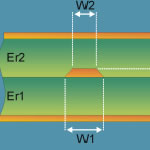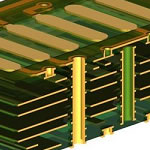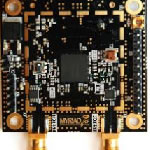
Radar PCB |
Military High Frequency PCB Rapid Prototype,24 hours |
|
| HDI PCB | HDI PCB fast prototyping ! | |
| Rapid Prototype | blind via PCB Rapid Prototype China, |

HDI PCB |
rogers4003C Rogers4350B PCB fabrication |
|
| Rogers4350B | Rogers4350B PCB manufacturer quick turn | |
| Rogers4003C | Rogers4003C blind via PCB manufacturing |

RF PCB |
High Frequency RF PCBA, rapid prototype |
|
| flex pcb | contract electronic manufacturing china, volume and prototype | |
| BGA reball | PCB repair BGA reball rework PCB manufacturing |
For furhter information, please feel free to contact us, www.pcbsino.com